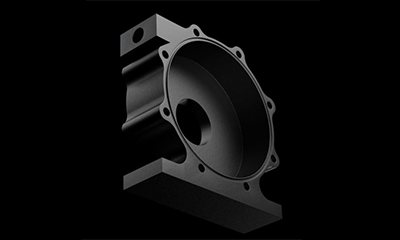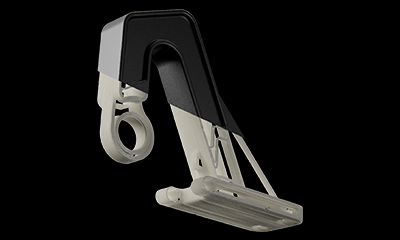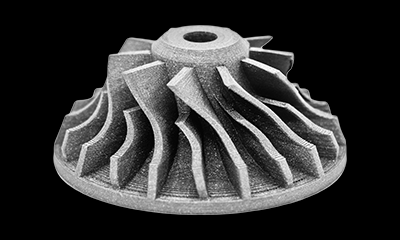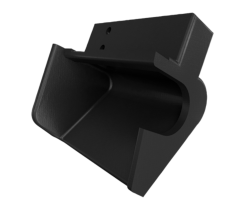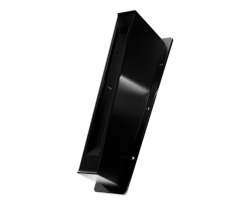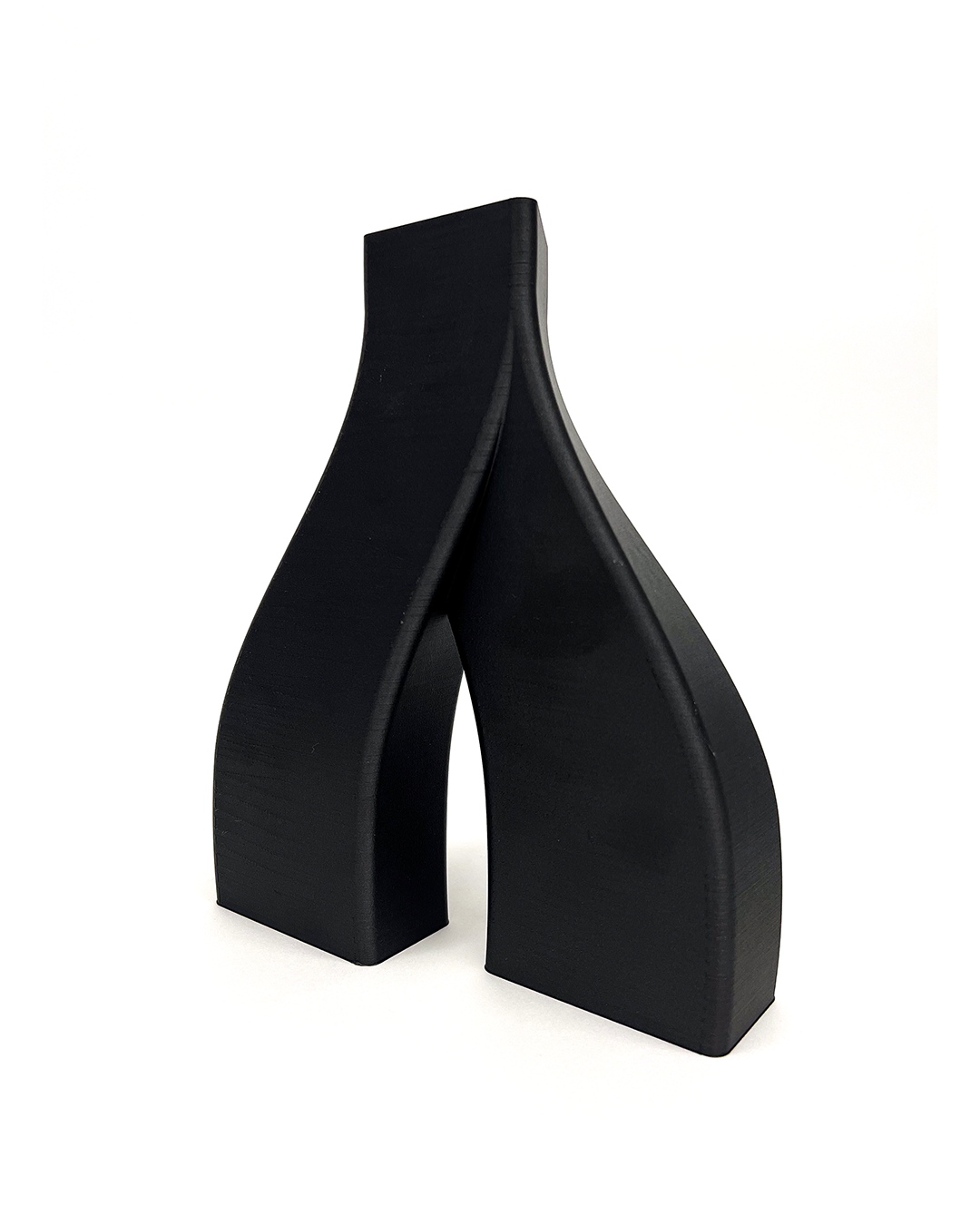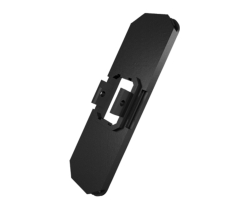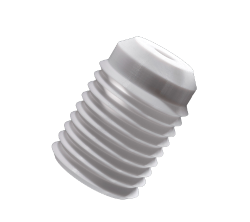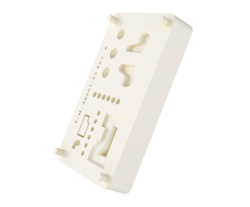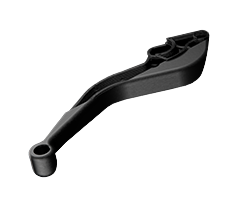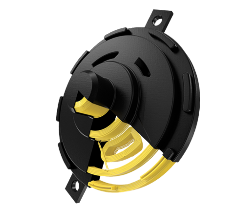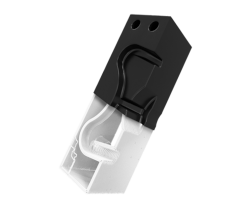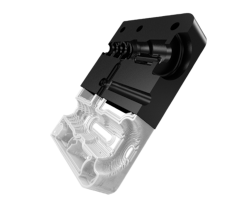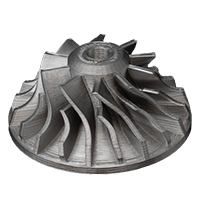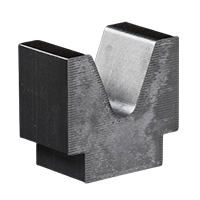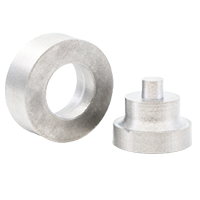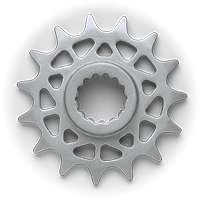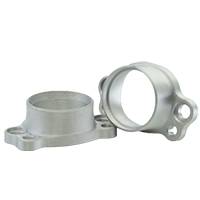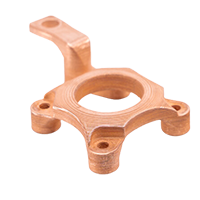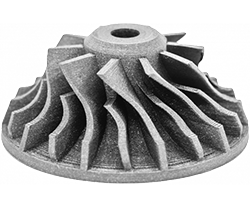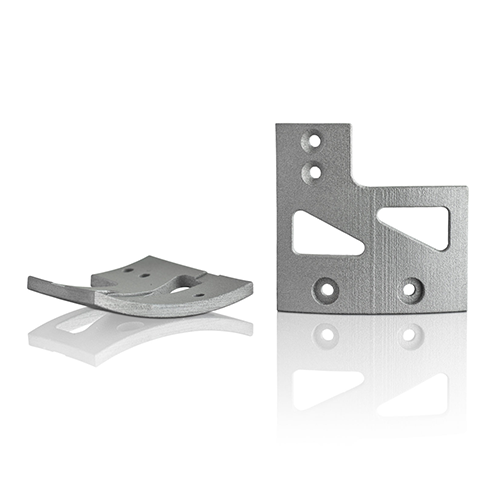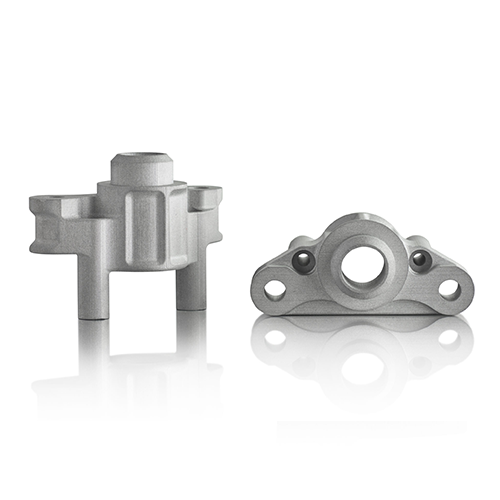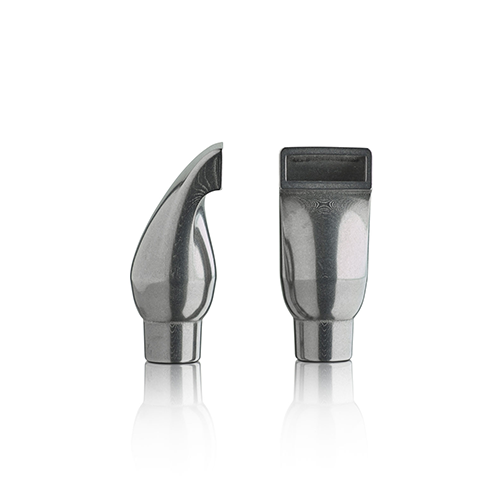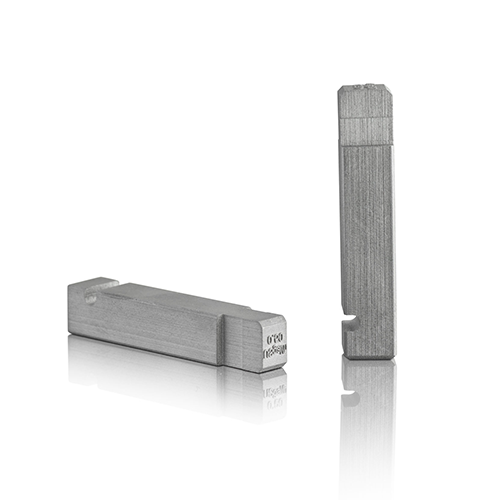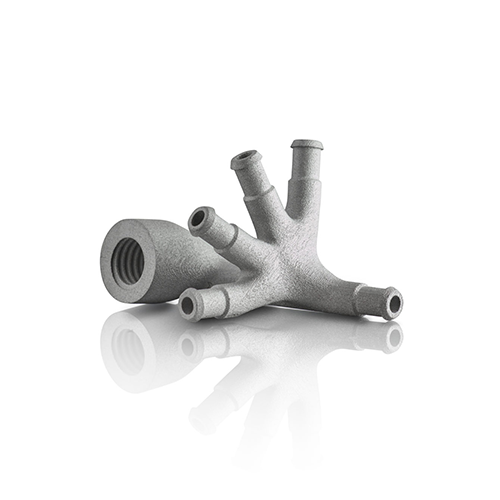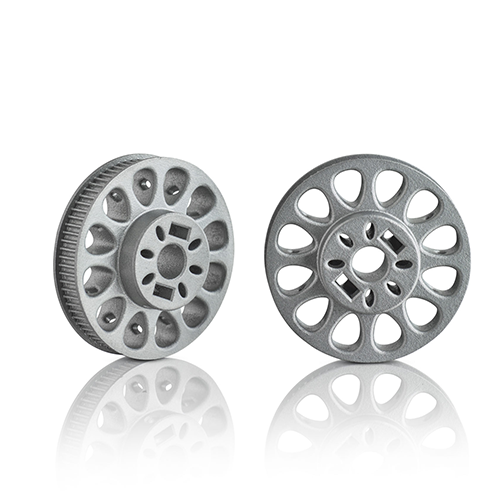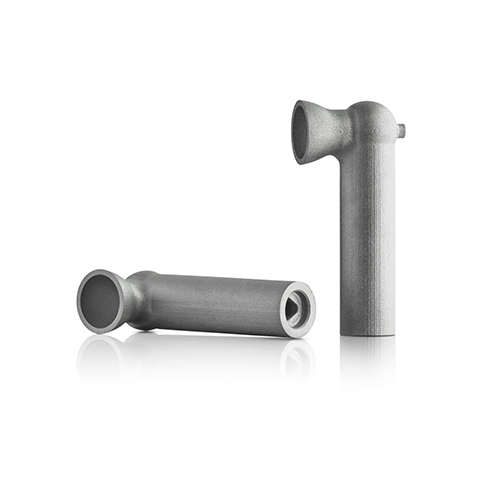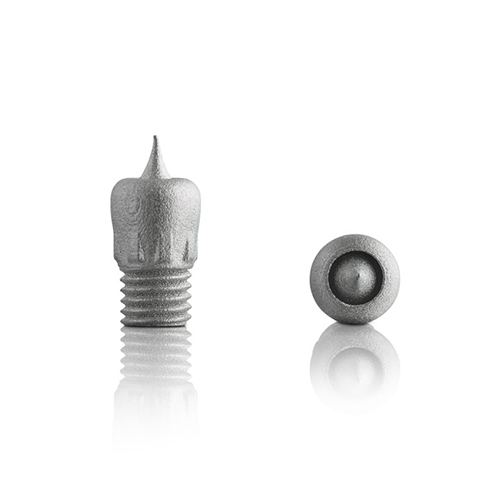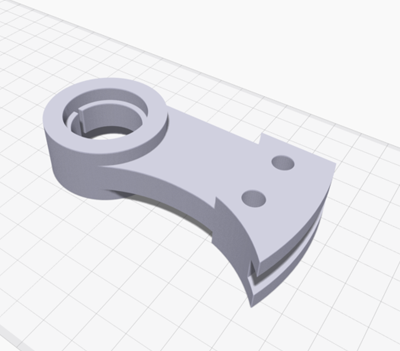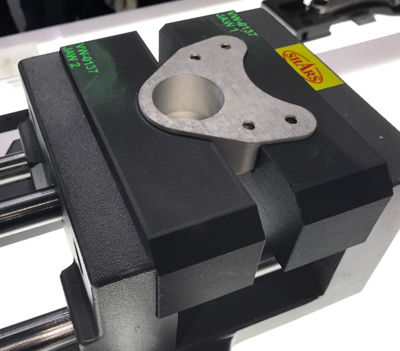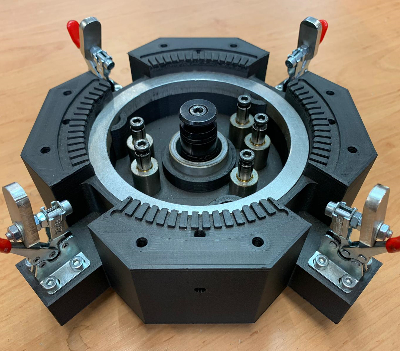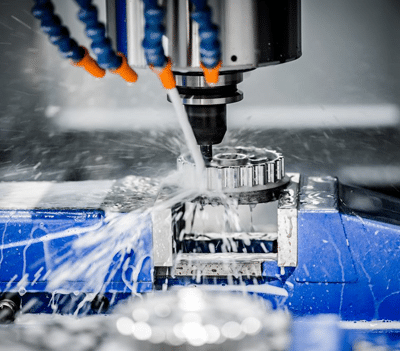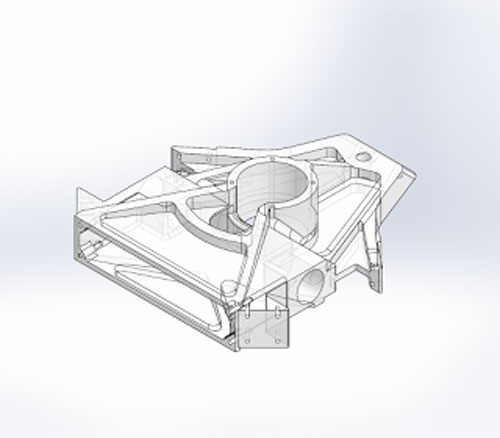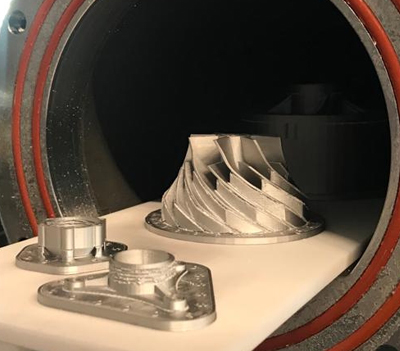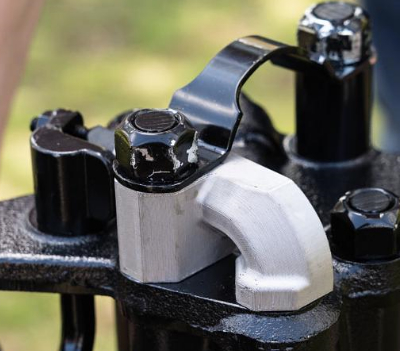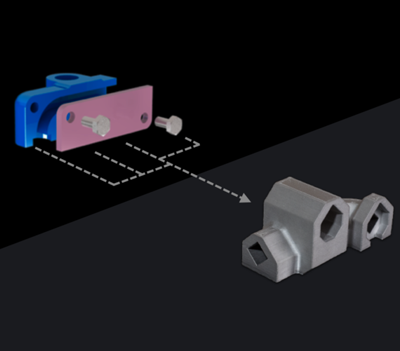



Basic materials (plastic matrix)
In Fused Filament Fabrication (FFF), the printer heats the thermoplastic fibre until the melting point is almost reached. Through nozzles, the material is then applied layer by layer, creating a plastic matrix. Markforged 3D printers print all thermoplastics using this method.
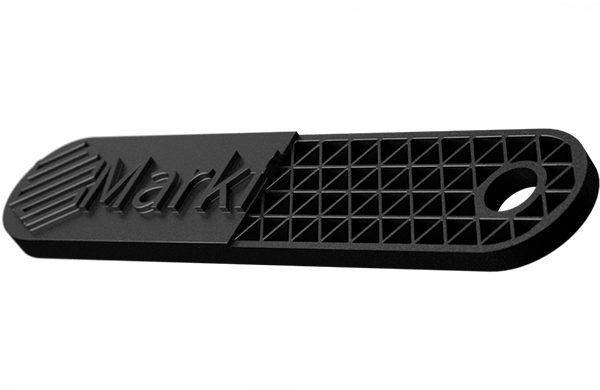
Composite printing materials (fibre reinforcement)
Continuous Filament Fabrication (CFF) is our unique and proprietary technology that adds fibre reinforcement to printed parts. Within the thermoplastic matrix continuous fibre strands are laid. The user decides which layers are amplified, in which direction the fibre is arranged and makes a choice of strengthening material.
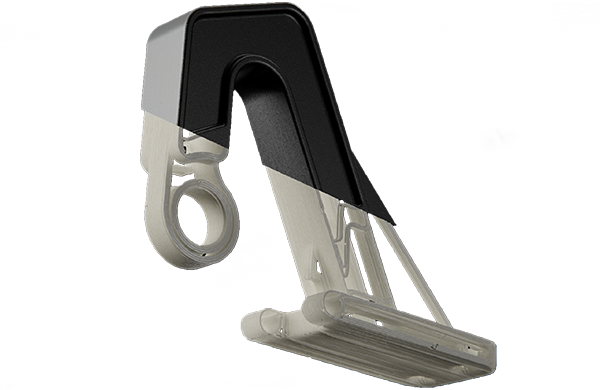
Metal X metals
The combination of proven MIM technology (Metal Injection Moulding) and our unique 3D printing platform allows you to use the same printing materials and processes in both prototyping and production.
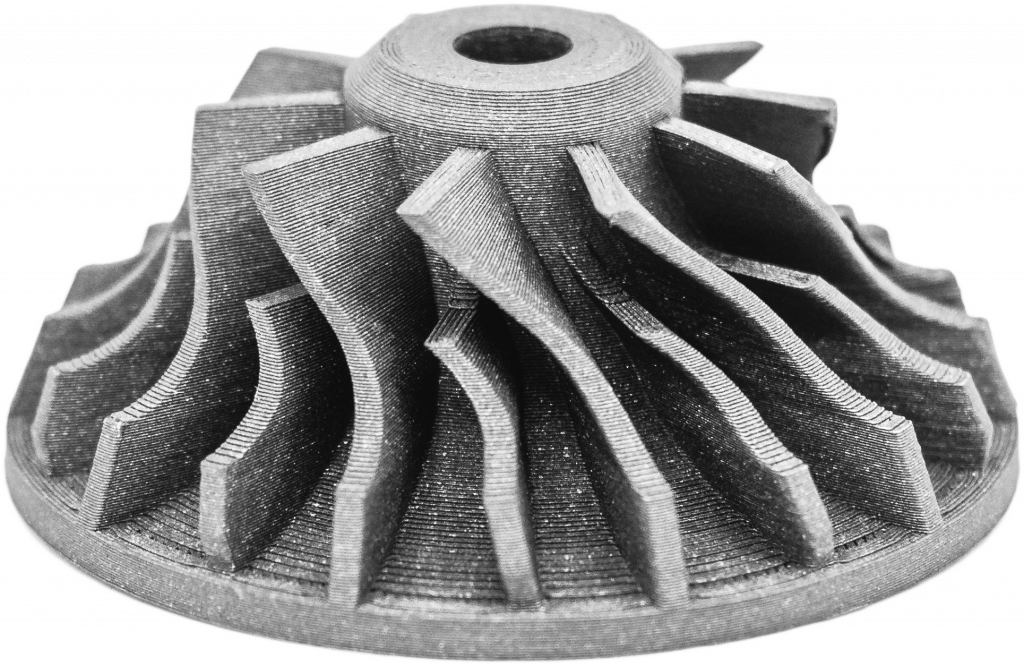
PX100 metals
The binder jetting system enables series production of everything from industrial components to medical and consumer products.
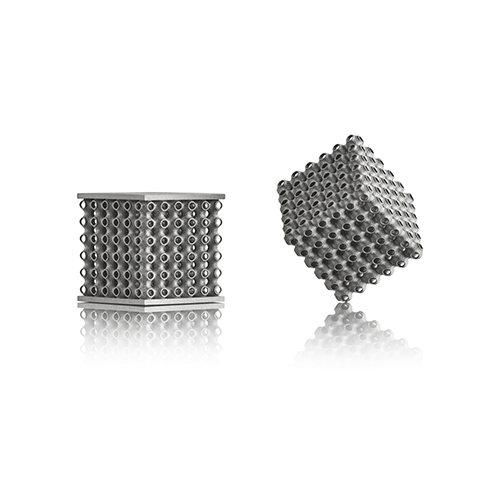
Alloy 625
IN625 is a high-performance nickel based superalloy known for its toughness and excellent corrosion resistance in both oxidizing and reducing environments.
Learn more about 3D printing continuous fibres!
Which continuous fibre is suitable for which applications? How do I design correctly for filament 3D printing? What do users say and where can I find more information? – This is the right place for you! We listed some information leading you directly to the matching answers.
Learn more about applications with metal 3D printing!
For which applications is the Metal X suitable? How do I design correctly for metal 3D printing? What do users say and where can I find more information? – This is the right place for you! We listed some information leading you directly to the matching answers.

